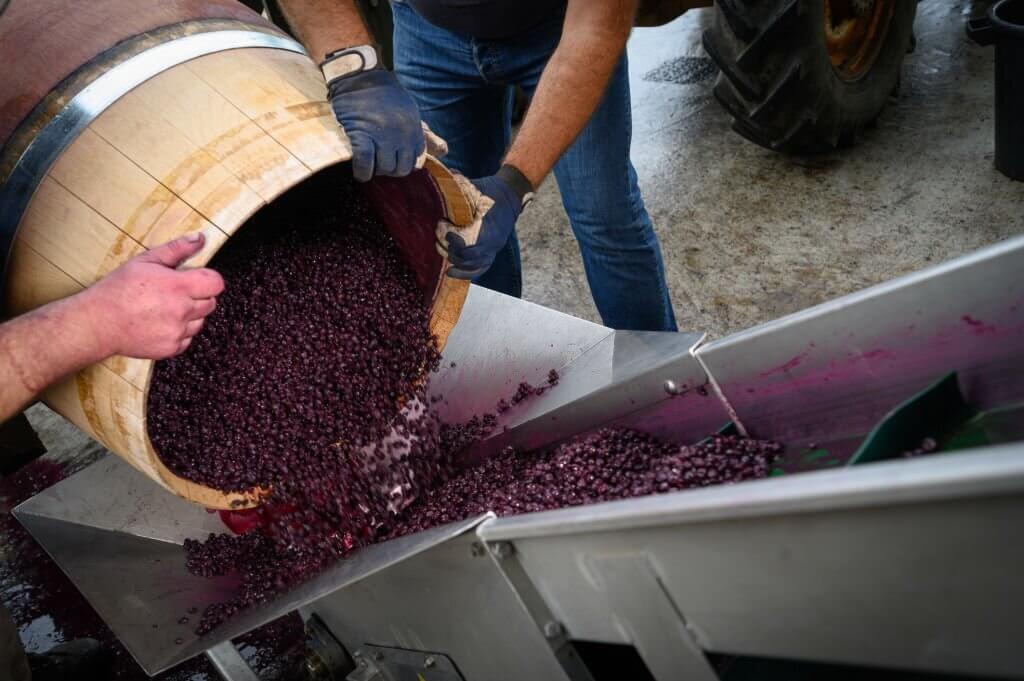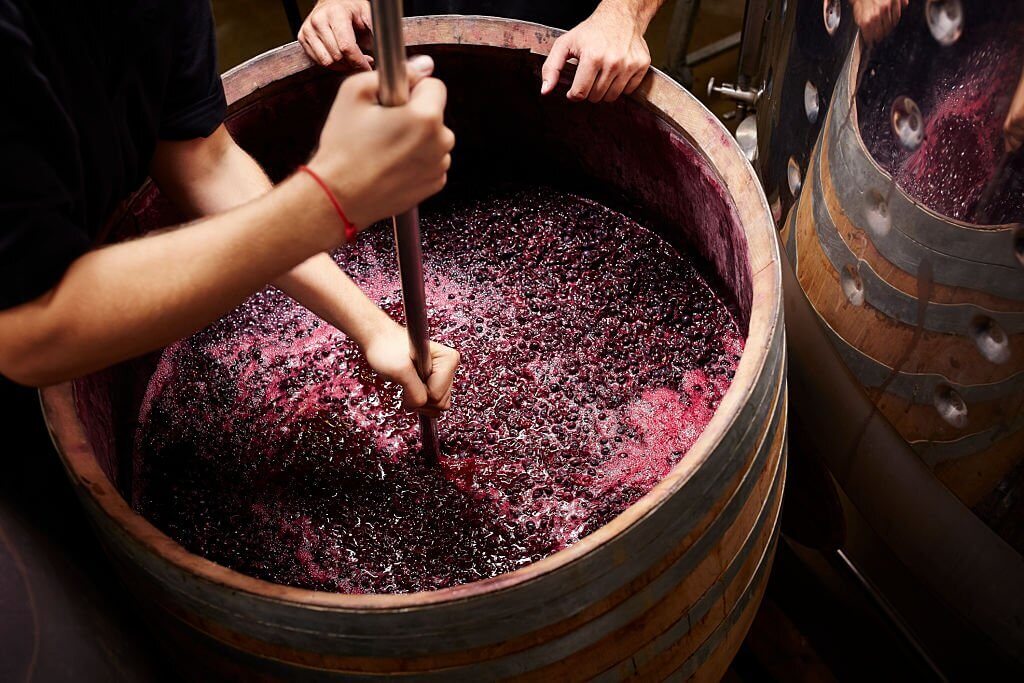Step into the enchanting winemaking world, where the rich tapestry of history, culture, and innovation converges. From ancient times to modern trends, the journey of winemaking has left an indelible mark on human civilization. As you wander through the aisles of a well-stocked liquor store, you are immersed in the story of this fascinating beverage.
In the realm of winemaking, the major factor is diversity. From the mysterious shelves of an old-world liquor store to the sleek displays of modern supermarkets, the range of wines available is a testament to the remarkable evolution of this age-old craft. It is a journey that spans millennia, encompassing the birth of winemaking in ancient civilizations, the refinement of techniques in classical eras, and the innovations that shape the modern wine industry.
While the liquor store may conjure images of bottles neatly arranged on shelves, it is within these walls that history is stored. Each bottle of wine carries within it the essence of ancient rituals, the wisdom of generations, and the tireless dedication of winemakers across the globe. The liquor store becomes a gateway to the past, a portal through which we can explore the captivating story of winemaking and indulge in the flavors and aromas of different regions and styles.

So, join us on a journey through time and taste as we delve into the captivating history of winemaking, from its humble beginnings to the modern trends that shape our appreciation of this exquisite elixir. Let us explore flavors and heritage, guided by the walls of the liquor store that hold the stories of countless winemakers, vineyards, and generations of wine lovers.
The Origins: Ancient Winemaking
The genesis of winemaking can be traced back to 6000 B.C. in the Zagros Mountains of Iran. This region was home to some of the earliest known evidence of grape cultivation and fermentation, giving rise to the first primitive wines. In Georgia, archaeologists discovered pottery shards soaked in wine residue, dating back to 6000-5000 B.C. This discovery provided solid evidence of viticulture in the South Caucasus region, earning it the title of the birthplace of winemaking.
Ancient Egyptians further propelled the art of winemaking. Wine became integral to their religious rituals and social events, and vineyards were considered sacred. Hieroglyphics and wall paintings vividly depicted grape cultivation and winemaking scenes, testifying to its prominence in Egyptian society.
Winemaking In The Classical Era
The art of winemaking flourished in ancient Greece, where wine was revered as the nectar of the gods. The Greeks cultivated various grapes and introduced different winemaking techniques, creating a range of flavorful and aromatic wines. They also celebrated wine through Dionysian festivals, where the Greek god of wine, Dionysus, was worshiped.
Roman society refined the winemaking process using advanced techniques and tools, such as wooden wine presses. The Romans understood the importance of terroir, the environmental factors that affect a wine’s character, and planted vineyards throughout their empire, from Spain to the Middle East.
The Middle Ages And Beyond
During the Middle Ages, winemaking was preserved by monastic orders, particularly the Cistercians and the Benedictines, who had an understanding of viticulture and enology. Monasteries cultivated vineyards and produced wine for religious ceremonies as well as for their local communities.
Winemaking then spread to the New World with the Spanish conquests of the 15th and 16th centuries. South America, particularly Chile and Argentina, experienced a significant boost in winemaking, creating new grape varieties and wine styles.
The Evolution Of Modern Winemaking
The modern era has seen significant improvements in winemaking techniques. The industrial revolution led to the development of mechanized processes, while scientific advancements resulted in a better understanding of fermentation and the role of yeast. This has allowed winemakers to control fermentation more accurately, leading to consistent and better-quality wines.
Wine regions established their unique identities during the 19th and 20th centuries. Places like Bordeaux, Champagne, and Burgundy in France and Tuscany in Italy gained recognition for their distinctive wines.
The latter part of the 20th century witnessed the rise of New World wines from regions like Australia, South Africa, and the United States, especially California. These regions combined traditional European techniques with innovative practices, producing wines that rivaled and, in some cases, surpassed their Old World counterparts.
Modern Trends And The Future Of Winemaking
Today, walking into a well-stocked liquor store is akin to stepping into a time machine. Each bottle of wine carries a unique history, a testament to the evolution of winemaking, capturing the essence of its origins and the progression of techniques over centuries.
As we look towards the future, the wine industry continues to innovate while keeping its deeply rooted traditions alive. Climate change, a critical concern for winemakers, has seen the sector exploring innovative cultivation practices and new grape varieties more resilient to changing weather patterns.
Simultaneously, organic, biodynamic, and natural winemaking are gaining traction, appealing to consumers’ growing interest in sustainable and environmentally-friendly products. Technological advancements, such as data-driven viticulture and automated wine production, promise efficiency and precision, yet again transforming the winemaking world.
Conclusion
Despite these advancements, the essence of winemaking remains untouched – transforming the humble grape into a drink that celebrates the land, climate, and human endeavor.
This intrinsic charm of wine continues to captivate us, drawing us into our local liquor store, eager to explore the enchanting world of wine one bottle at a time.
The captivating saga of winemaking demonstrates how this cherished beverage has not only endured through the centuries but evolved, continuously offering new avenues of taste and experience. From the earliest grapevines in ancient Iran to the sophisticated cellars of today’s leading wineries, the journey of wine has been as varied and flavorful as the beverage itself, making each visit to the liquor store a fascinating exploration of history, culture, and flavor.

I am Marry Soni. Since 2015, I’ve been a blogger, and I adore writing. I greatly enjoy writing about survey and login guide. I maintain numerous blogs, including https://takesurvery.com/. pdpanchal@gmail.com is how you may get in touch with me.





